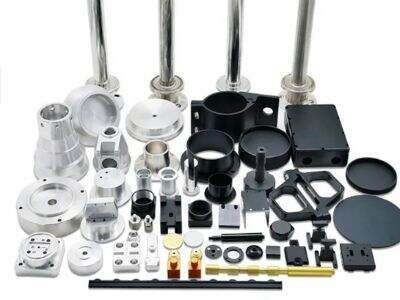When we are talking about badge-making there are such a number of other ways to do it. There are two very common methods, known as die casting and CNC machining. These processes each include some unique steps to form the part and provide their own unique benefits and shortcomings. In this article, we’ll break down the key differences between die casting and cnc parts machining, as well as the pros and cons of both processes. So that you can better assess which one may serve your needs the best.
Die Casting vs. CNC Machining
Die casting is forcing the hot liquid metal into a mold. This mold forms the metal into the specific part you want to create. Die casting is especially adept at producing large volumes of the same part quickly and still meeting tight tolerances. This is just one of the reasons why so many factories run die casting when they need to produce a lot of identical parts.
As opposed to this, CNC machining is of an entirely different kind of manufacturing. What is CNC? CNC means Computer Numerical Control. CNC computer numerical control involves using machines that can be controlled via computer to cut different types of material into various designs and sizes. When producing fewer components with very intricate designs, CNC machining is commonly utilized. This process offers a bit more freedom for producing more complicated shapes that can be more challenging to manufacture with die casting.
The Pros and Cons of Die Casting and CNC Machining
The Benefits of Die Casting One of its best features is its ability to quickly and efficiently produce a high volume of parts. That is why it is ideal for mass production of many identical pieces. Die casting also has the ability to produce parts that require relatively high levels of precision and consistency, meaning they will look and function the same time after time. That said, die casting is also not without its downsides. For example, it may be cheaper than other manufacturing methods sometimes. Moreover, die casting is not the best fit for components with highly complicated shapes and designs.
CNC machining, on the other hand, has its advantages and disadvantages. One of the biggest advantages of CNC machining is its capability to manufacture highly detailed and extremely precise components. However, you do not want to go below the threshold where cnc machining parts is a better solution for complex parts. For CNC machining, it is worthwhile to use this service instead of die casting when the number of parts is small. One disadvantage, though, is that CNC machining is generally slower than die casting. This slower rate may not be an optimal selection if you need to produce a lot of parts quickly. However, CNC might not be the best approach when it comes to very big parts or parts with some specific geometry that makes them challenging to cut.
Technical Differences Between Die Casting and CNC Machining
Now, let us discuss the differences between die casting and CNC machining in a technical aspect. Perhaps the most salient difference is how exact each method is able to be. Die casting can manufacture parts with very tight tolerances. It means the size — the length, the width, the height — of the part is very close to what you want it to be. CNC machining can also produce precise parts, but it takes a lot of time, and you may not always be able to attain the same consistency and repeatability as die casting.
A second technical difference is the ability to make complex shapes. Die-casting is typically more effective at forming parts with basic geometric shapes, such as cubes or circles. On the other hand, CNC machining is best for creating components with more complex shapes, like elaborate designs or intricate details. Die casting also has restrictions on what materials can be used, as it is best suited for specific types of metal. CNC machining, on the other hand, can handle a broader range of materials, such as plastics, wood, and metals.
Which is the Best Process to Create Parts?
So, what is the best manufacturing method for your exact needs? The answer to this question is multifactorial and ultimately depends on how many parts you plan on manufacturing, the complexity of the parts you are producing and your budget. For highly repetitive parts made from the same material under the same conditions, die casting could be the solution! However, if your annual production volume is small with high complexity, then CNC machining is likely your best alternative.
Huarui is a professional manufacturer to provide high quality manufacturing solutions to customers. Whether it’s die casting, CNC machining, or some other form of production services, we’ve got the expertise to help you determine the right approach for your needs. If you have any questions or would like to learn more about how we can help you achieve your manufacturing objectives, then please contact us today.
So, die casting and Cnc machining services are two distinct manufacturing methods that offer their own advantages and disadvantages. Knowing the differences between these two methods can help you decide which way is more appropriate for your business or project. With this model of choosing the right quality, we make sure we choose at Huarui and you will be able to take it into your production with confidence!

 EN
EN






































